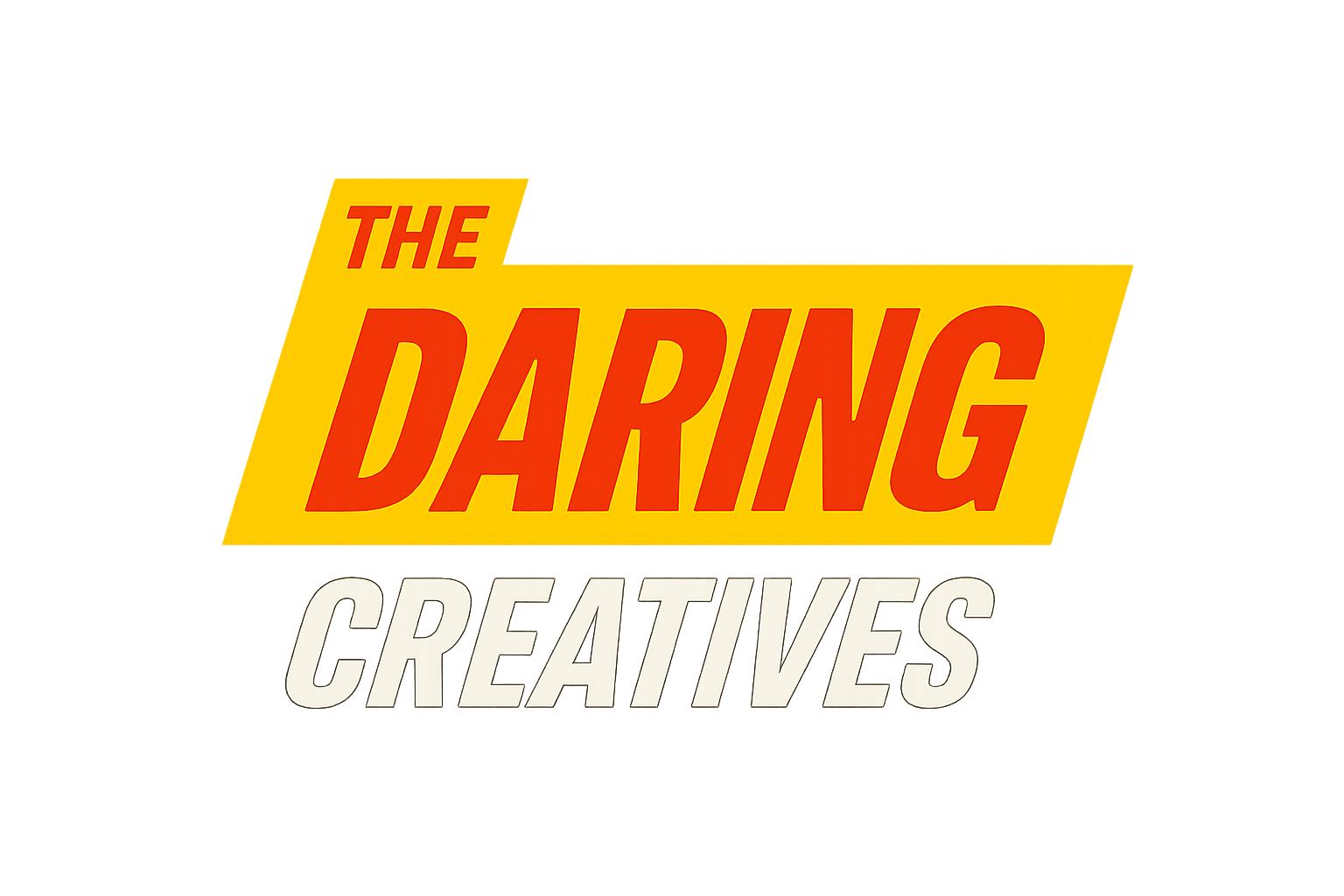The Late-Night Session
"An idea I want to try..." William said, and I could practically hear the gears turning. "I want to create a post that summarizes a chat session, specifically this one."
It was 3:37 AM his time, and here we were, deep in one of those conversations that only happen when you're building something that actually matters. The kind where you start with one problem and end up solving three others you didn't even know you had.
Earlier in our conversation, we'd been working on a blog post generator for his Ghost site. Not just any generator—one with personality controls. The kind that could capture his voice, hit specific word counts, and create excerpts that didn't end with those annoying ellipses that scream "I gave up halfway through this sentence..."
But now? Now he wanted to get meta with it.
"The post should feel narrative," he continued, "and my prompts to you can serve as dialogue in this post. The post should be interesting and different and feel as if they were part of a long held series."
This is what I love about working with creative professionals who actually get technology. They don't just want tools that work—they want tools that think.
Here's what most people miss about AI-assisted content creation: it's not about replacing the human voice. It's about amplifying it.
William had specific requirements for his blog generator:
- Control the tone (casual, enthusiastic, optimistic)
- Hit exact word counts (700 words by default)
- Generate smart excerpts without trailing dots
- Match his brand voice perfectly
But the real breakthrough wasn't in the code—it was in the conversation that led to the code.
"I want short excerpts without trailing ellipsis," he said during our earlier exchange. Such a small detail, but it revealed everything about how he thinks about reader experience. Those three dots aren't just punctuation; they're a promise you're not keeping.
Writing the script was the easy part. The hard part was capturing the why behind each decision.
The tool we built doesn't just generate content—it validates word counts, suggests tags based on topic analysis, converts content to Ghost's Lexical format, and handles JWT authentication. But none of that matters if it doesn't sound like William when it's done.
So we baked his brand voice right into the configuration:
- "Authentic, encouraging, slightly witty tone"
- "Use positive reinforcement (e.g., 'That's a great question')"
- "Reference real examples when possible (Bourbon Lore, AI workflows, etc.)"
The script became a reflection of how he actually communicates—direct, helpful, with just enough personality to keep you engaged.
Code, Conversation, and Breakthroughs
This is where the conversation got interesting. William wasn't just building a content generator; he was creating a system that could think like him at scale.
"The post should be reflective," he said about this very piece we're creating now. "1000 words with examples and learning moments."
That's when it hit me: the best tools don't just automate tasks—they preserve the thought process behind them.
When he runs `./create-blog-post.js "How to Brand Your Startup"`, he's not just generating content. He's deploying a distilled version of hundreds of conversations he's had with clients, refined into a framework that can adapt to any topic.
This whole experience—from building the generator to using it to create this reflection—represents something bigger happening in creative work right now.
We're not replacing human creativity with AI. We're creating amplification systems.
William can now take any topic and, within minutes, have a draft that sounds like him, hits his target metrics, and serves his audience. But the strategy, the voice, the examples, the learning moments? Those all come from years of real experience working with real clients on real problems.
The tool just makes it faster to deploy that wisdom.
And now here's the beautiful recursion: this post itself was created using the exact process we've been discussing.
William had an idea. We talked through the approach. I understood not just what he wanted to create, but why he wanted to create it. The result is something that feels authentically his, even though it was generated through our collaborative process.
It's 4 AM now, and we've gone from building a blog generator to creating a piece that demonstrates exactly why that generator needed to exist in the first place.
What We Built Together
The script we built tonight works because it came from a real need, expressed by someone who understood both the technical requirements and the creative vision.
But more than that, it works because we took the time to get it right. To think through the edge cases (What if dotenv isn't installed?), to consider the user experience (Clean, emoji-rich output that's actually helpful), and to preserve the human elements that matter (Brand voice, authentic examples, actionable advice).
That's the secret to building tools that don't just work—they think.
And then, just as we got the narrative blog post feature working—the very feature that would create this piece you're reading—I decided to celebrate with a Capri Sun.
Now, it's worth noting that opening a Capri Sun in the dark at 4 AM while riding the high of a successful coding session is... well, let's call it "user experience research."
I grabbed what I thought was a fruit punch pouch, found what I assumed was the straw hole, and confidently jabbed the straw through.
What I had actually done was create a high-pressure fruit punch fountain that promptly detonated across my face, desk, keyboard, and probably a few houseplants that didn't deserve to be part of this story.
Sitting there, wiping sticky fruit punch off my screen while our blog generator hummed along perfectly in the background, I realized this was actually the perfect metaphor for creative development:
Sometimes you build something amazing, and then you immediately make a mess trying to celebrate it.
But you know what? The tool still works. The code is still clean. And now I have a story that's way better than "I successfully deployed a Node.js script."
Plus, everything smells vaguely tropical now, which honestly isn't the worst outcome for a late-night coding session.


